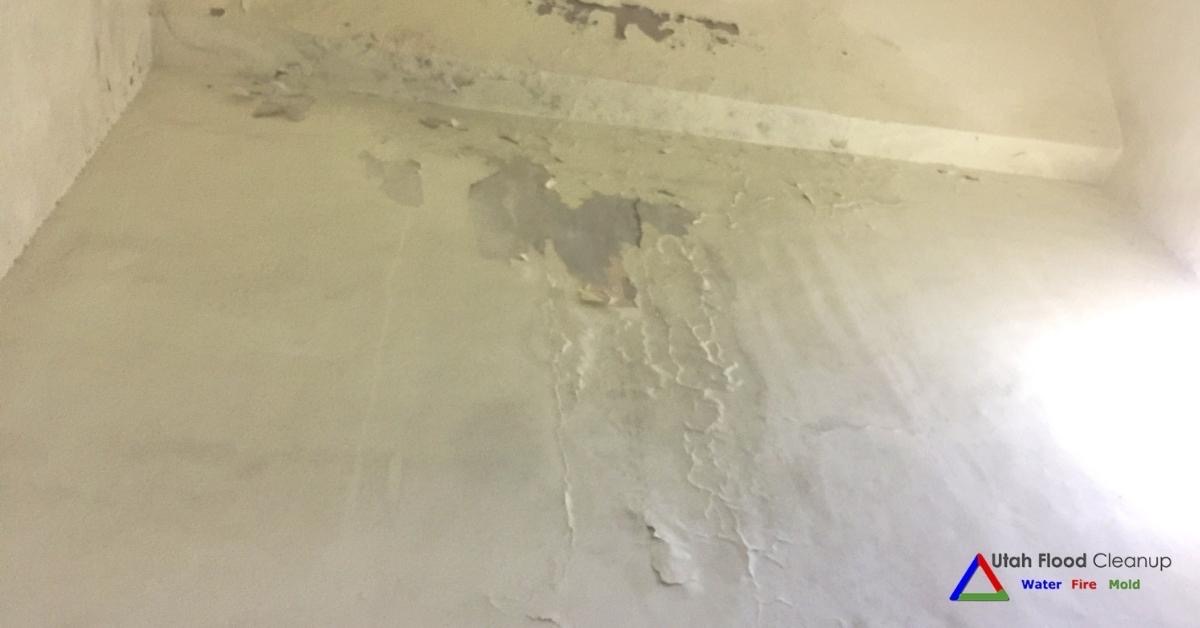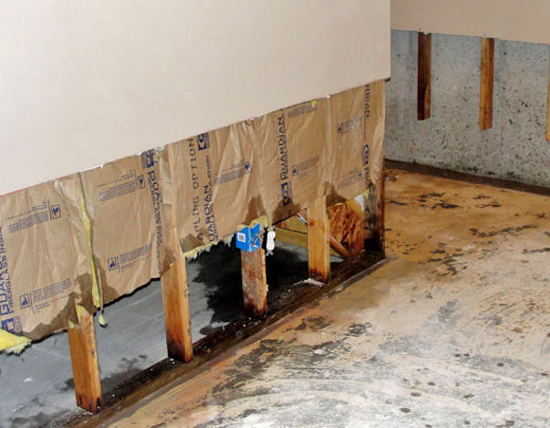Essential Steps To Recognize And Mend Water Stains On Walls
Essential Steps To Recognize And Mend Water Stains On Walls
Blog Article
We've found this post pertaining to How to Remove Water Stains from Walls and Ceilings directly below on the internet and reckoned it made good sense to share it with you on this page.

Water discolorations on wall surfaces are not enjoyable to the eyes. Your house needs to lack stains on the wall surfaces, roof covering, or floorings. That is the perfect state of a house and also its frameworks. In some cases it appears nearly unpreventable to experience water stains on walls in homes.
Homeowners living in damp areas frequently deal with the worry of water spots on wall surfaces. That doesn't have to be the situation for you. With all-round and also exact info on the root causes of water discolorations and also prompt fixing procedures, you will certainly constantly be an action ahead of such incidents. This short article promises to be an useful guide for you.
3 Usual Root Causes Of Water Spots on Walls
In contrast to popular belief, water spots on walls do not always originate from bad structure materials. There are numerous reasons for water discolorations on walls. These consist of:
Damp
When hot wet air meets with completely dry cold air, it triggers water beads to form on the wall surfaces of buildings. When there is heavy steam from food preparation or showers, this occurs in kitchen areas and also bathrooms. The water beads can tarnish the surrounding walls in these parts of your residence and also spread to various other locations.
Moist or condensation influences the roof covering and also walls of buildings. When the wall is damp, it develops a suitable environment for the growth of fungis and also microbes.
Poor Drainage
When making a building strategy, it is vital to make certain adequate drainage. This will avoid water from leaking into the wall surfaces. Where the drain system is obstructed or missing, below ground dampness accumulates. This web links to too much moisture that you notice on the walls of your structure.
The leading reason of damp wall surfaces, in this situation, can be an inadequate water drainage system. It can additionally result from inadequate management of sewage pipes that run through the building.
Pipe Leaks
Many houses have a network of water pipes within the walls. This guarantees that the pipes are well away from the reach of harmful rodents. It always increases the viability of such pipelines, as there is little oxygen within the wall surfaces. This prevents corrosion.
A disadvantage to this is that water leak impacts the walls of the structure as well as causes widespread damages. An indicator of defective pipes is the look of a water discolor on the wall.
Pro Pointer
A houseplant in your house also increases its moisture. So, if your home is already moist, you may want to present houseplants with very little transpiration. An example of suitable houseplants is succulents.
Water Discolorations on Wall: Repair Tips
House owners would typically desire a quick fix when taking care of water stains. They would certainly soon recognize this is counterproductive as the water discolorations recur. So, below are a few handy suggestions that will certainly guide you in the repair work of water spots on wall surfaces:
Conclusion
Although nobody wishes to have water spots on walls in their residence, it can take place to the best of us. This write-up offers you utilize, as you now know how to handle this accident if it does happen.
It is always best to recruit expert solutions to assist take care of the problems in your home.
In some cases it seems nearly inescapable to experience water spots on wall surfaces in houses.
In contrast to prominent idea, water spots on walls do not always stem from poor building products. There are numerous reasons of water discolorations on wall surfaces. The water beads can tarnish the bordering wall surfaces in these components of your home and spread to other areas.
Here are a couple of handy tips that will certainly lead you in the fixing of water discolorations on wall surfaces:
CHECKING FOR WATER DAMAGE
Water damage can be costly, and it may begin before you even notice the first signs of trouble. Water damage can cause mold and mildew in your walls and floors, which can create an abundance of health concerns for your family. It can also lead to costly repairs of various appliances and general home fixtures. To avoid the pricey consequences of water damage, here are Warner Service’s top 5 places you should check:
The walls – The easiest place to spot the beginnings of water damage is on the walls and ceilings of your home. If water damage is present, there will most likely be water stains, especially around the windows and doorframes, and/or cracks in the drywall. If a stain looks unusual (discolored to brown, black or gray, raised texture), has a swollen appearance or is soft to the touch, contact a professional immediately. The pipes – To avoid water damage, consistently check the pipes in your kitchen (especially the dishwasher and ice maker), bathrooms, laundry room (specifically washing machines) and basement for corrosion, leaks and water stains. Pay special attention to where the pipes connect in your home and the location of caulking around the bathroom fixtures, including toilets, sinks, showers and tubs. Missing or loose caulking and grout could be signs of leaking water. This seepage can also quickly cause mold and rust, so double check your water heater and tank for wet spots on the floor. The floor – Water damage is very easy to spot on the floor. Look for any warping or buckling of the material, especially in the basement. If your home has wood flooring, look for bright white or dark stains. If your home has carpeting, keep it dry and clean. A damp carpet that smells of mold could cause water damage and health problems. To avoid this, consider installing floor pans under your appliances to help prevent damages from small, slow and undetected leaks. The basement and attic – If your basement or attic smells odd check for mold and mildew around the area, especially the valley where the roof meets. While you are inspecting those areas, check for wall cracks, floor stains, rust and dampness in the insulation. If you live in a colder and/or rainier climate, perform routine checks for water damage from melting snow or ice and rain. The exterior – Check the roof for damaged flashing and missing, cracked or curled shingles. There should also be no standing water anywhere outside your home. This could be caused by puddles, leaky rain gutters or hoses, poor drainage, or short gutter spouts. Invest in a sump pump system or water flow monitoring system, and perform routine maintenance on these outdoor appliances to avoid indoor water damage.

I discovered that write up on Indicators of Water Damage Behind Walls while doing a lookup on the web. Don't hesitate to take a moment to promote this blog posting if you liked it. Thanks so much for going through it.
See Availability
Report this page